-
CATEGORY ::
- All Seeds /
- All Herb Seeds /
- All Lavender Seeds
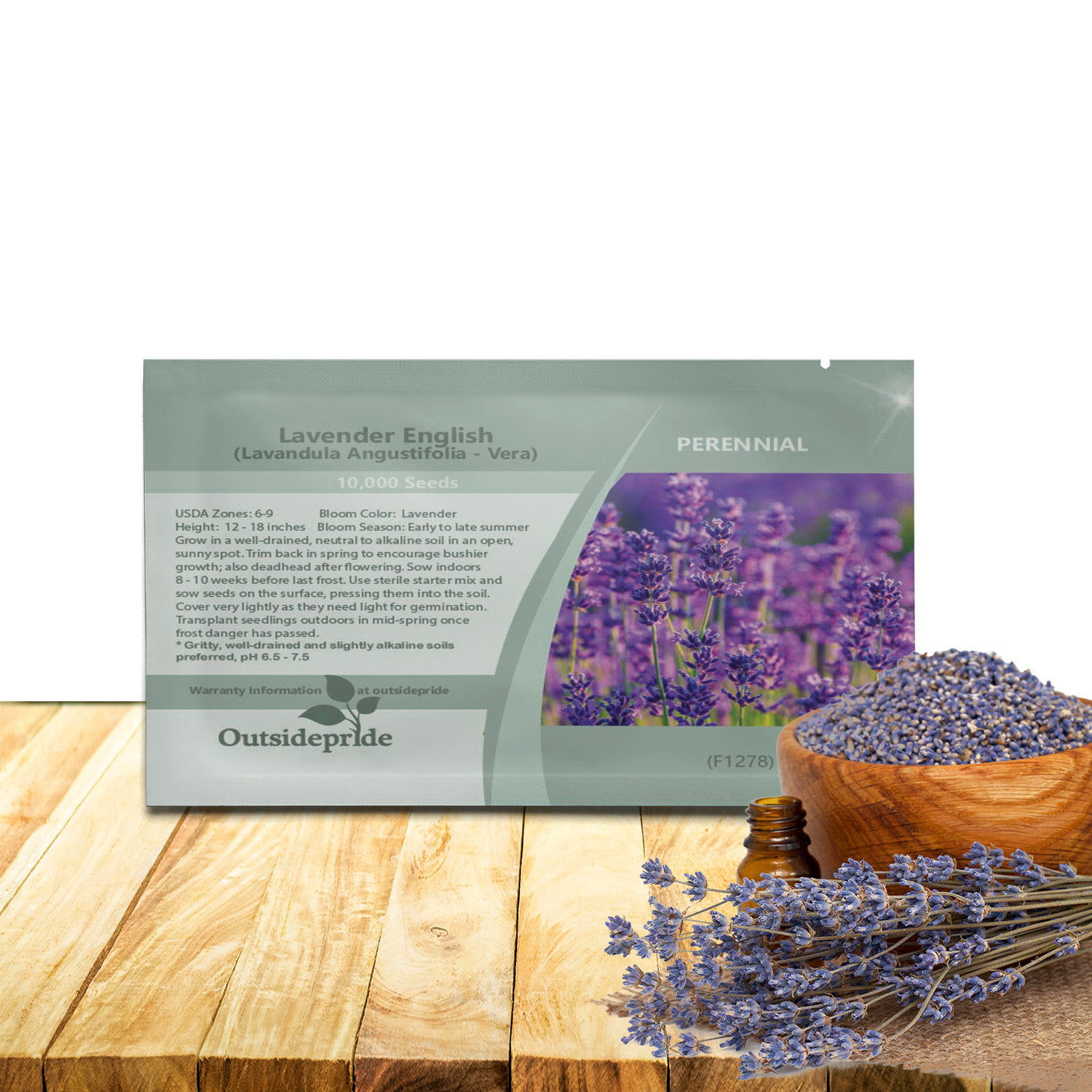

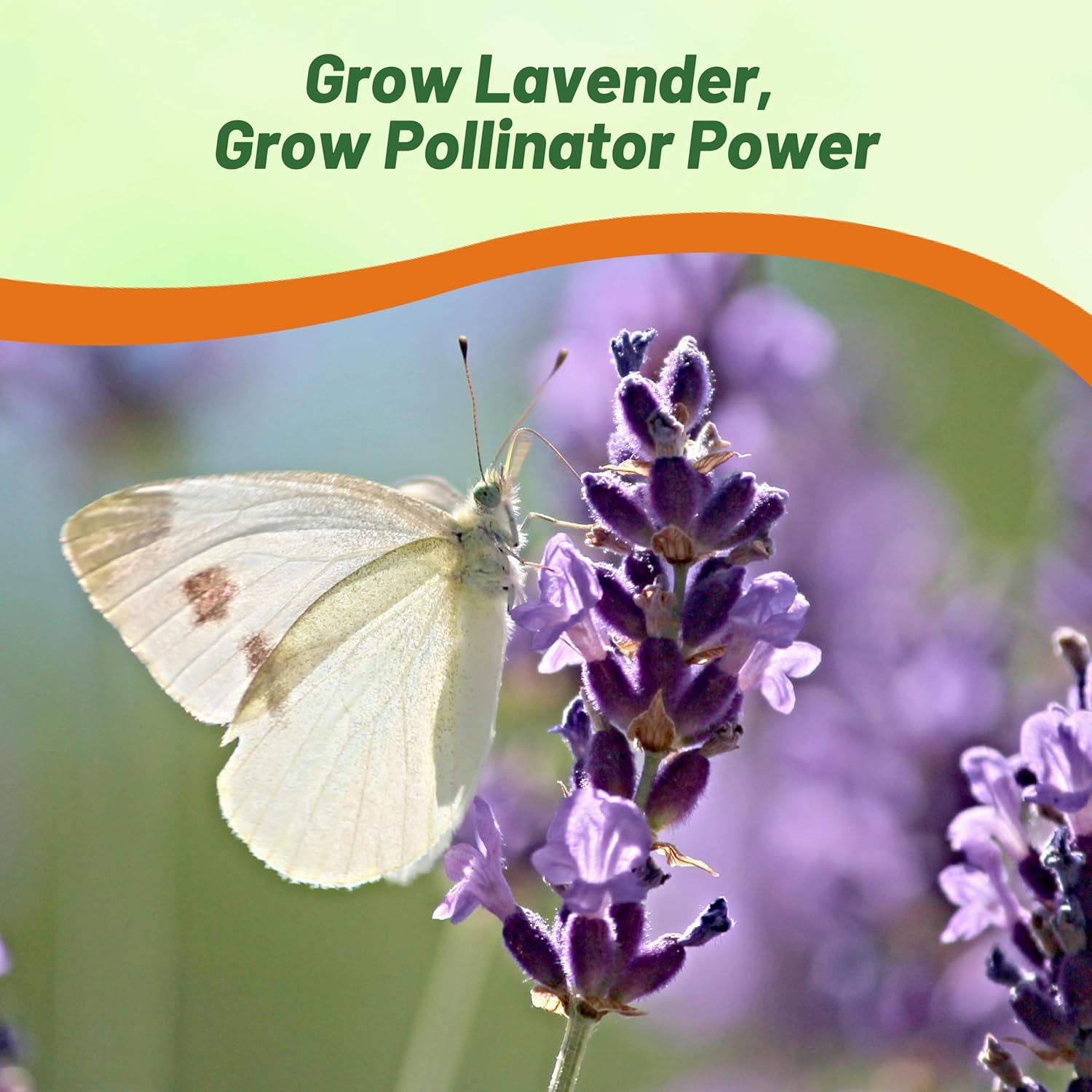
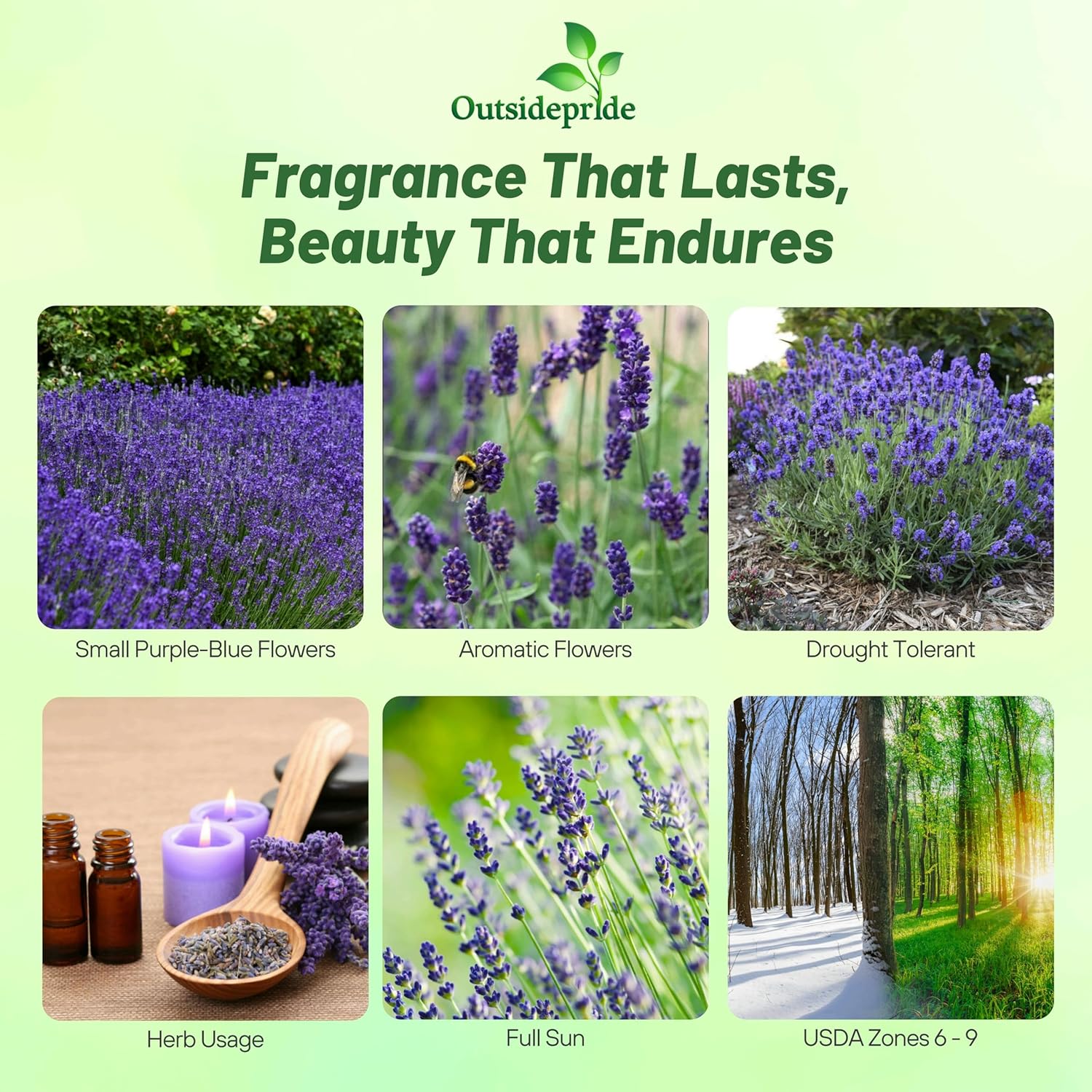
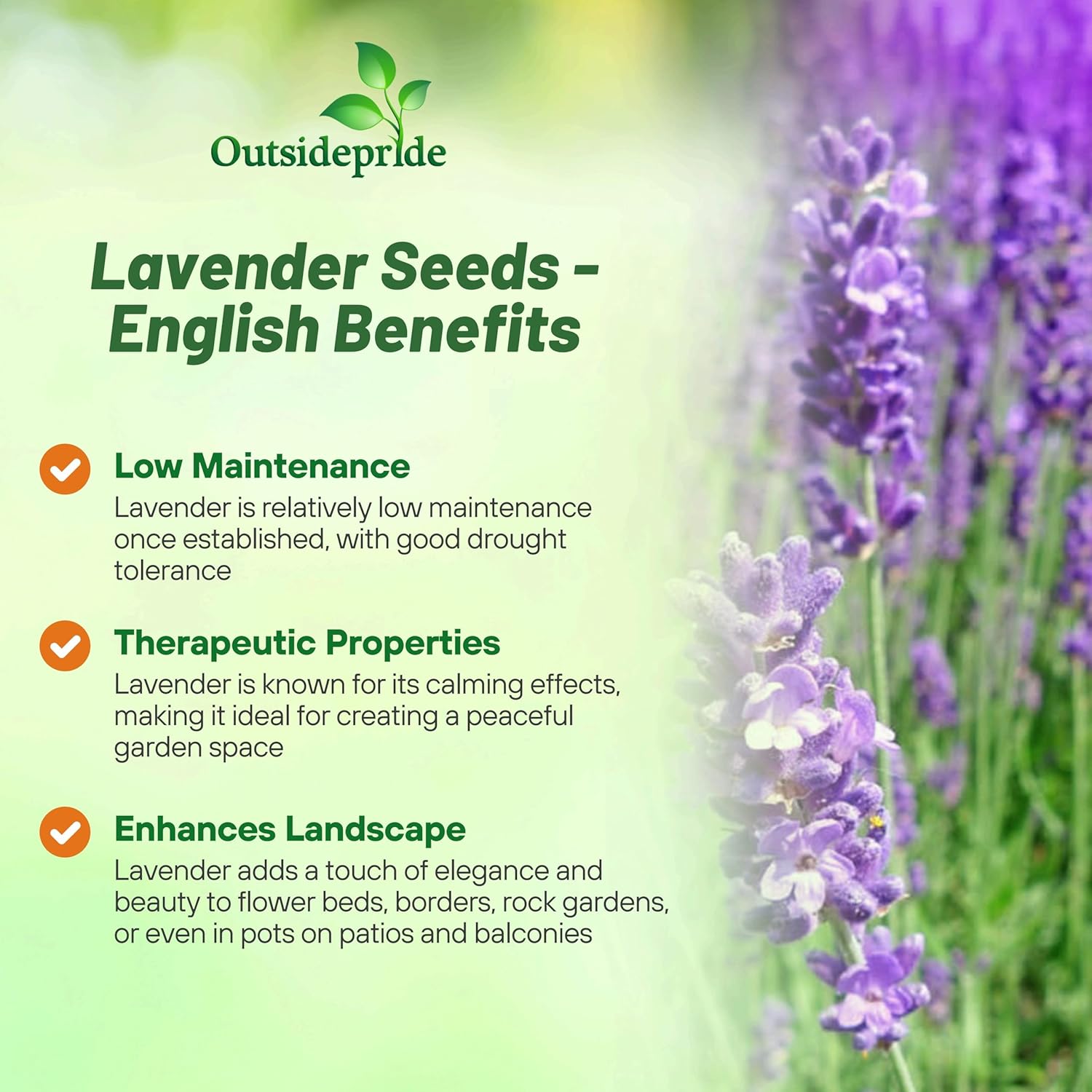
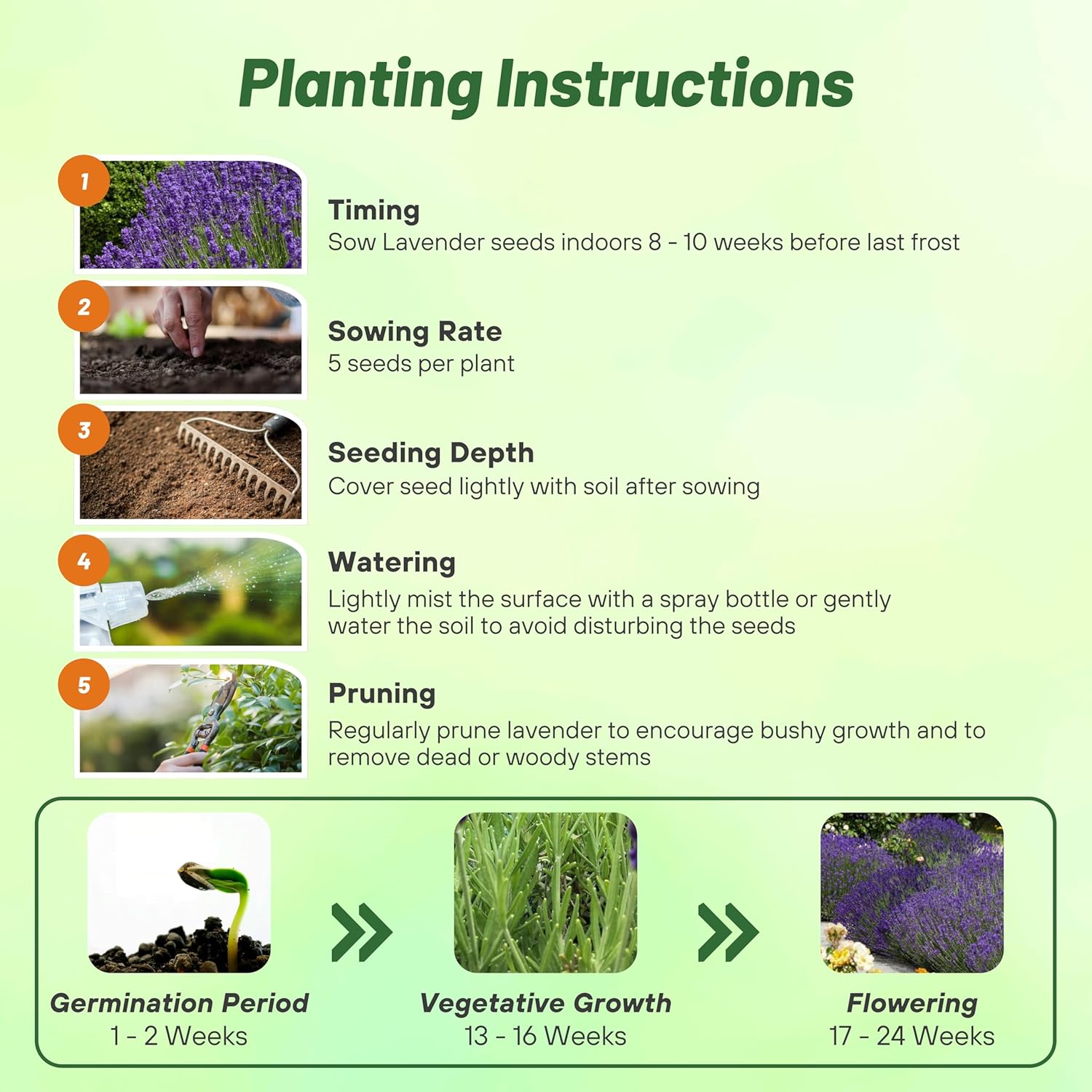
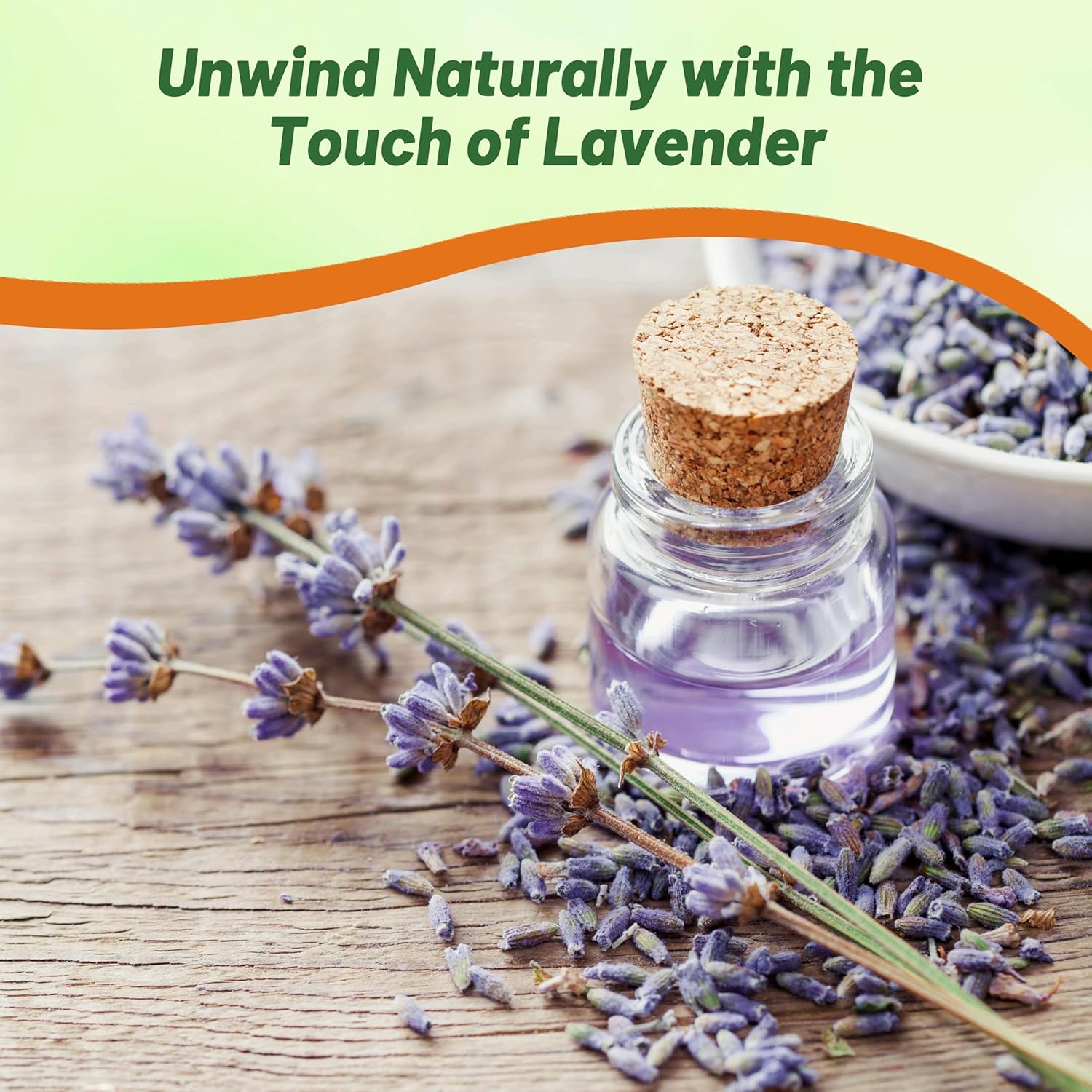
Lavender Seeds - English
About...
Lavender English (Lavandula Angustifolia - Vera) - Start this beautiful drought tolerant herb for your garden by sowing Lavender seeds! The richest in essential oils, English Lavender is one of the most aromatic Lavender plants of them all and great for xeriscaping.
MORE LAVENDER OPTIONS
Planting Directions
TEMPERATURE
72 - 75F
AVERAGE GERM TIME
14 - 21 days
LIGHT REQUIRED
Yes, but avoid direct sunlight by shading seeds after sowing
DEPTH
Cover seed lightly with soil after sowing
SOWING RATE
5 seeds per plant
MOISTURE
Keep moist until germination
PLANT SPACING
20 inches
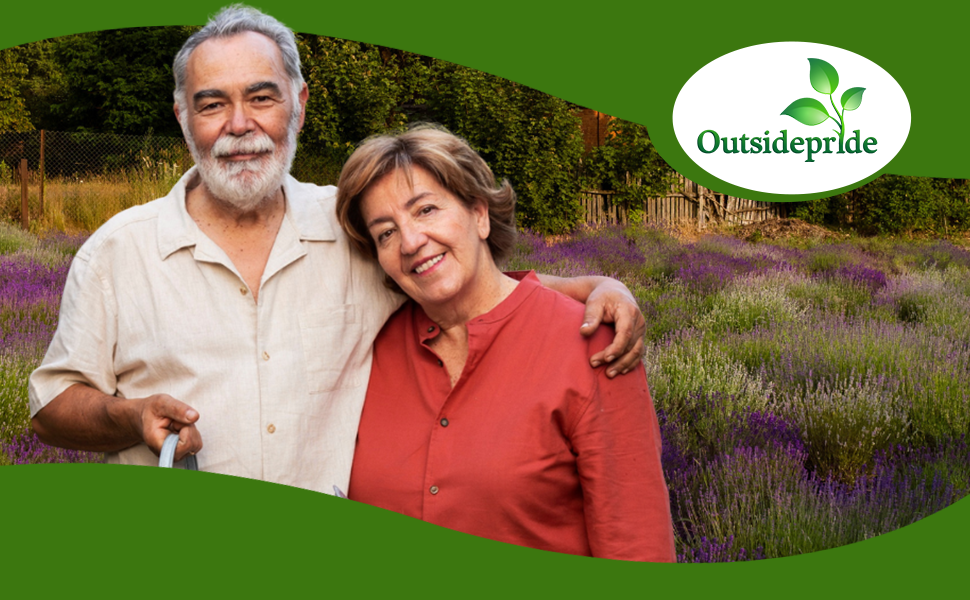
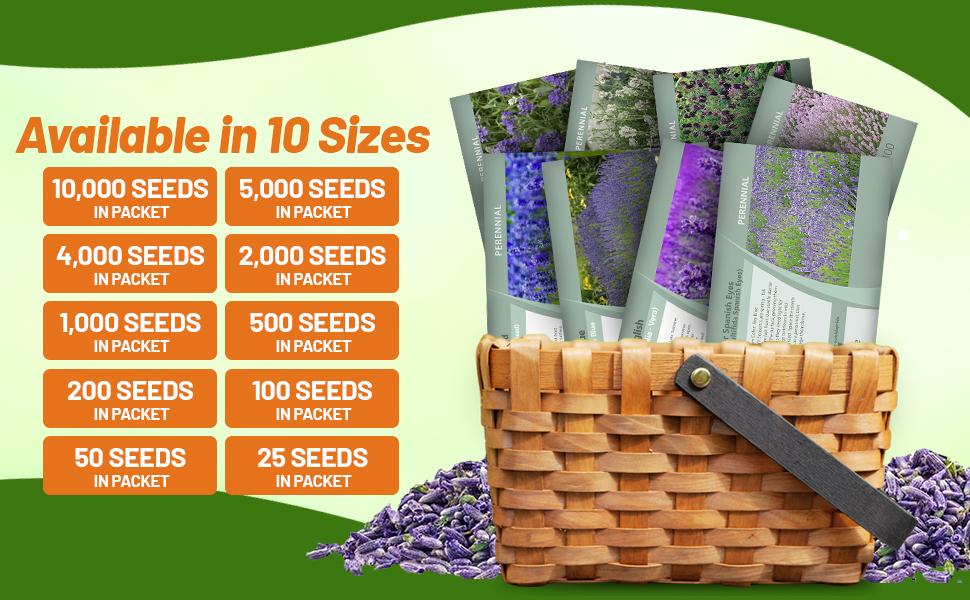
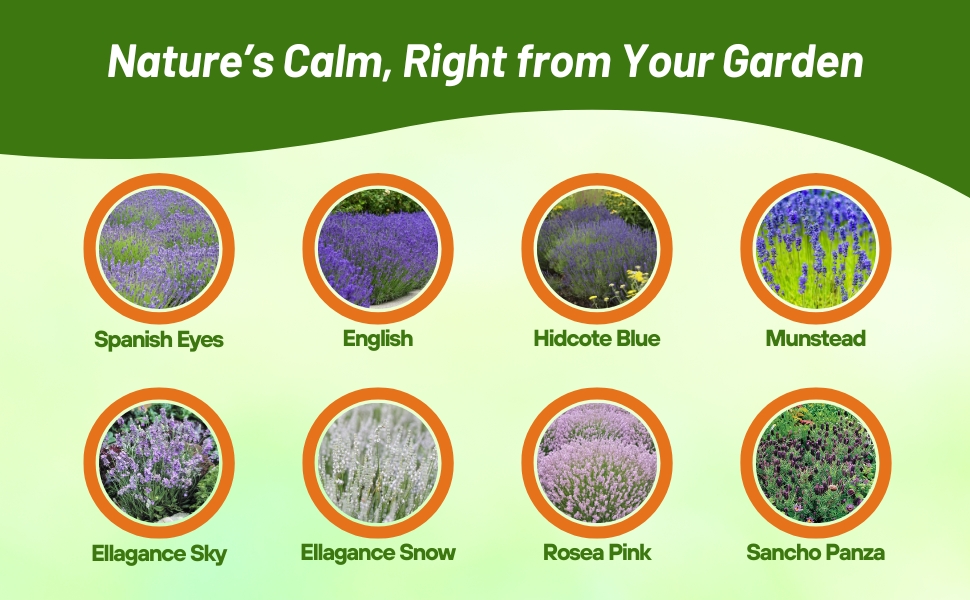
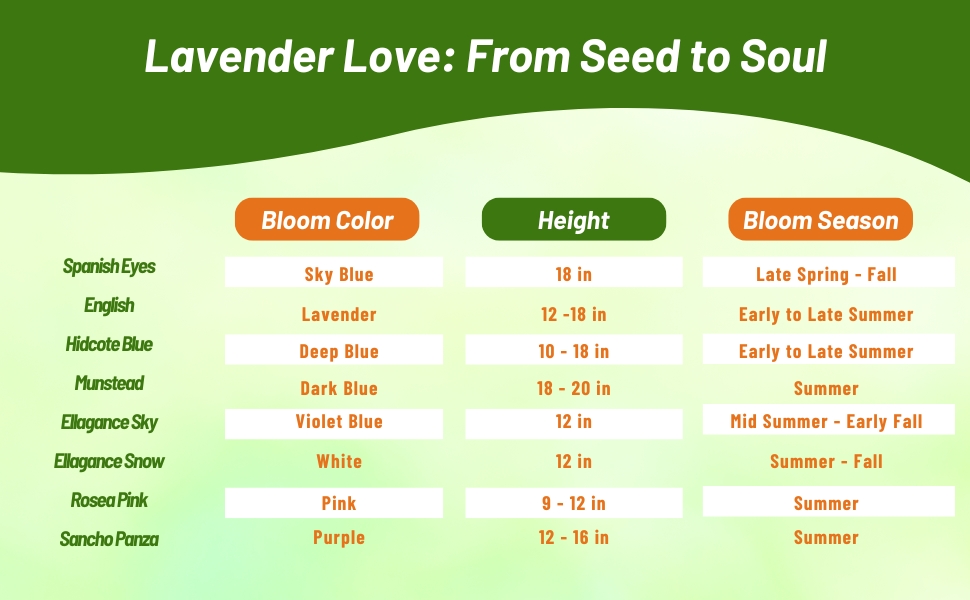
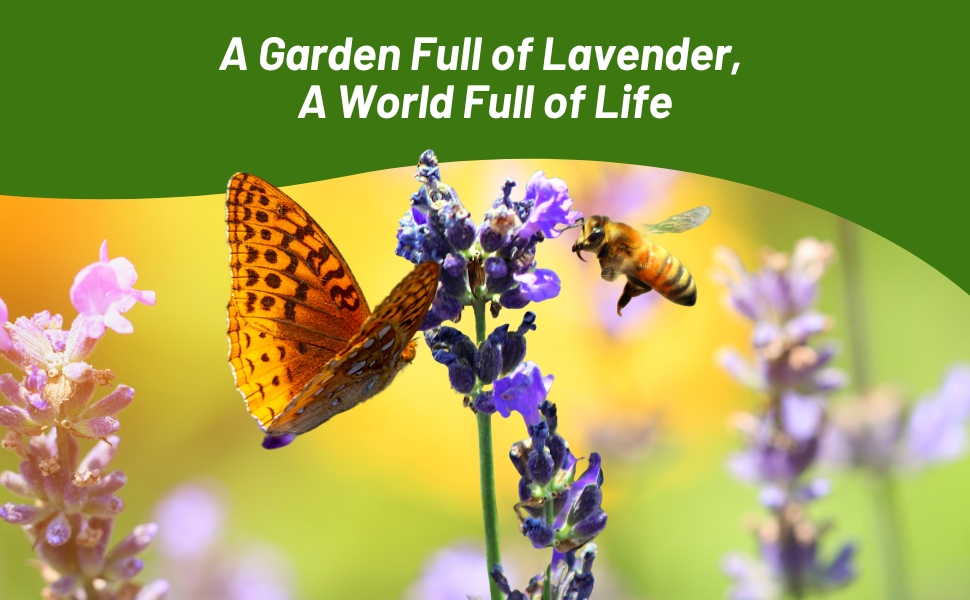
Lavender English (Lavandula Angustifolia - Vera) - Sweetly fragrant blooms and evergreen blue-green foliage! The richest in essential oils, this is one of the most aromatic Lavender plants of them all. Reaching 24 to 36 inches high, it boasts 2 1/2 inch, linear, downy leaves on strong stems. The leaves first open white, then turn a pale gray-blue-green color. Stalks of tiny purple flowers grow up to 14 inches tall. Start this beautiful herb for your garden by sowing Lavender seeds!
Approximate Seeds Per Ounce: 25,000
Common Questions
How long can lavender plants live?
Lavender plants can live about10 years, but they do experience a decrease in quality and growth as time goes on. Maintain your collection through propagation so you can get rid of older plants.
Does lavender come back every year?
Since lavender is a perennial, it does come back every year if it is cared for correctly.
Do lavender plants bloom all summer?
Lavender can bloom anytime from early spring until late summer. However, some plants will maintain their blooming flowers from spring through the end of summer.
My leaves look droopy, what should I do?
Your plants probably need more water.
My lavender plants smell bad, what is wrong?
This is a symptom of being overwatered. You may have root rot. If you have a potted plant, prune the affected areas and replant if possible.
Planting Directions
TEMPERATURE
72 - 75F
AVERAGE GERM TIME
14 - 21 days
LIGHT REQUIRED
Yes
DEPTH
Cover seed lightly with soil after sowing
SOWING RATE
5 seeds per plant
MOISTURE
Keep moist until germination
PLANT SPACING
20 inches
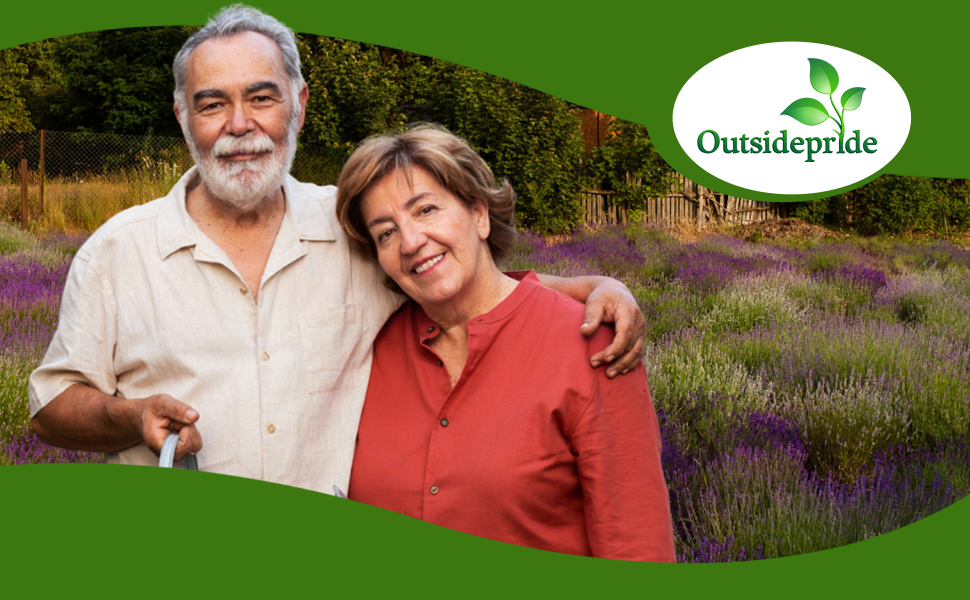
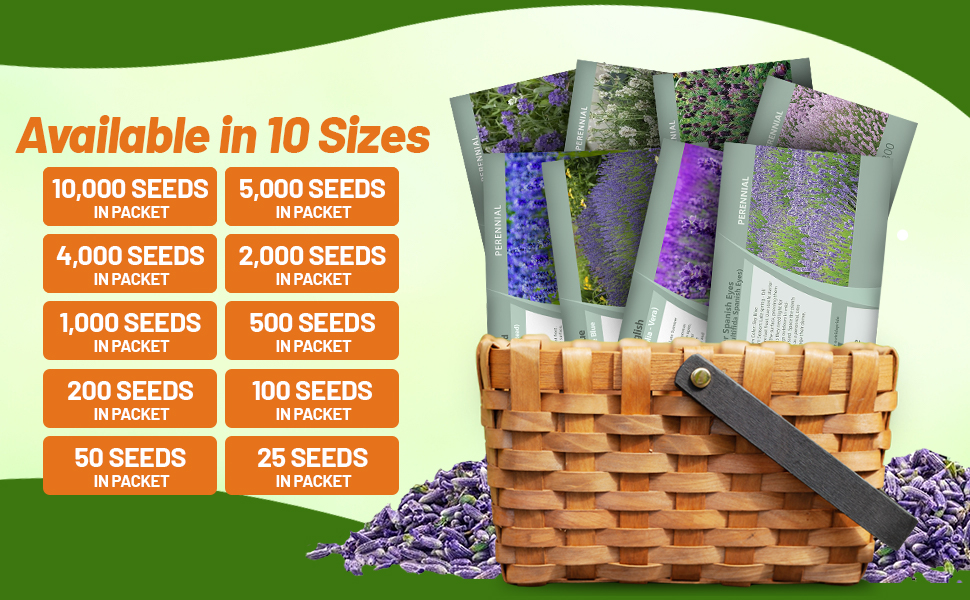
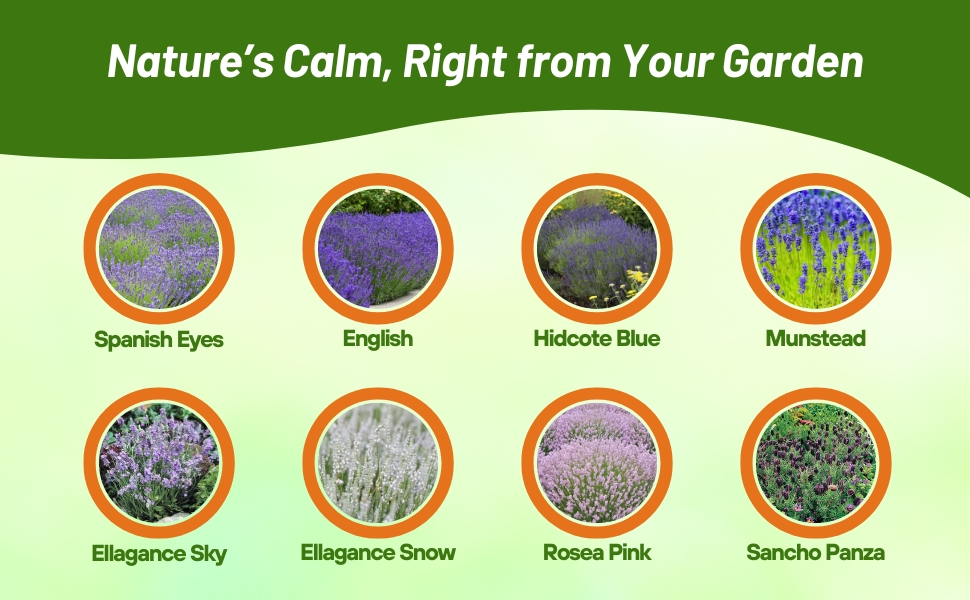
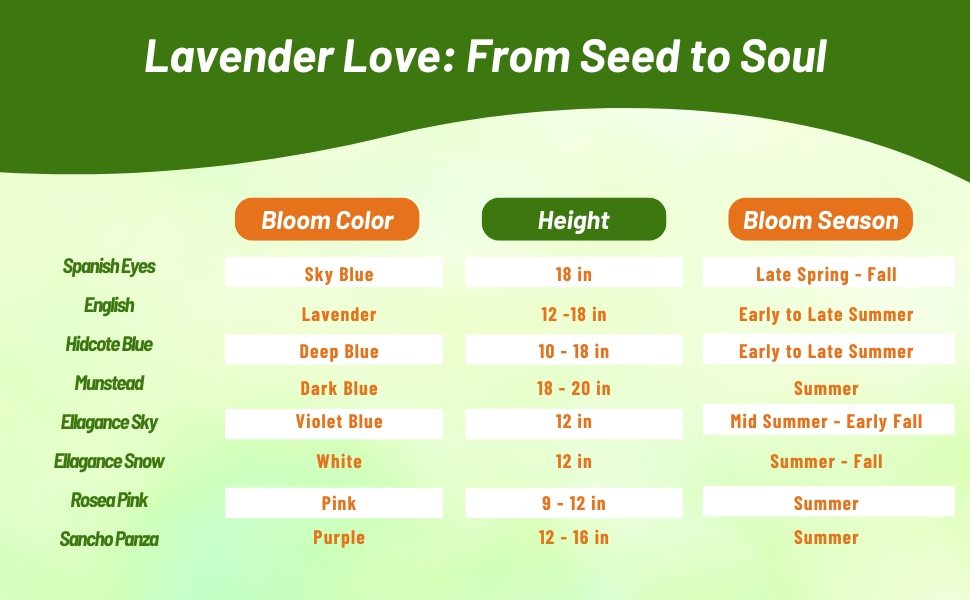
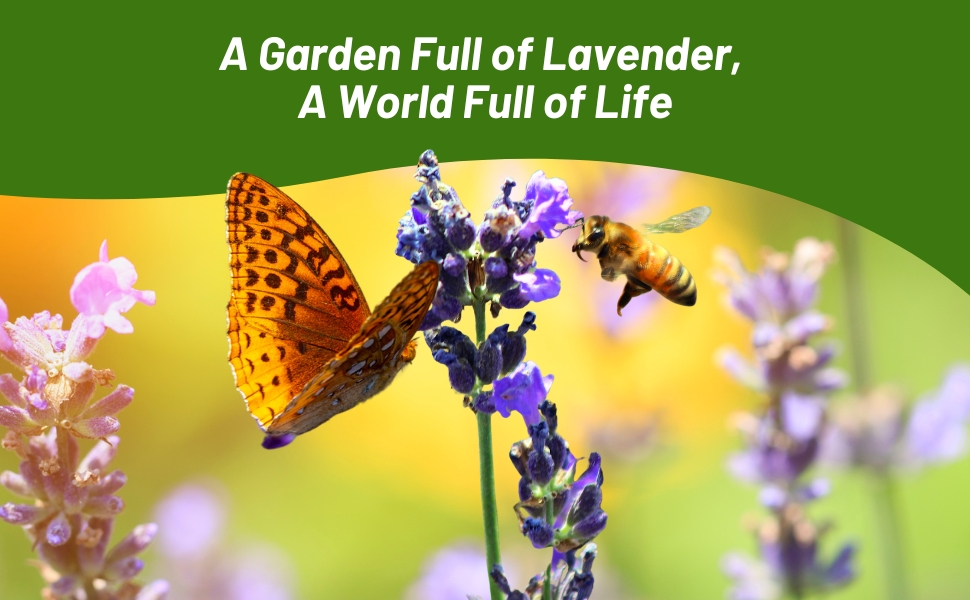
Lavender Munstead (Lavandula Angustifolia Munstead) - Start this aromatic drought tolerant herb for the garden by sowing Lavender seeds and watch the humming birds and bees come to enjoy the sweetness. Munstead Lavender is the most popular Lavender plant grown in the United States. It is one of the richest in essential oils, and it has a more compact habit and earlier-blooming flowers.
Grow Lavender Munstead herb Plants in a well-drained, neutral to alkaline soil in an open, sunny spot. Munstead Lavender herb demands sharp-draining soils, never rich, damp and soggy as these are drought tolerant plants. If your soil is heavy, it's worth to mix in some sand or gravel before you plant, and perhaps create little mounds for your plants so each one drains quickly. Lavandula Angustifolia care includes trimming the plants back in spring to encourage bushier growth; also deadheading after flowering.
How To Grow Lavender Munstead From Herb Seeds: Sow Lavender seeds indoors 8 - 10 weeks before last frost. Use sterile starter mix and sow herb seeds on the surface, pressing them into the soil. Cover the Lavender Munstead seeds very lightly as they need light for germination. Transplant Lavender Munstead seedlings outdoors in mid-spring once frost danger has passed. Great plants where water conservation is a must.
Common Questions
How long can lavender plants live?
Lavender plants can live about10 years, but they do experience a decrease in quality and growth as time goes on. Maintain your collection through propagation so you can get rid of older plants.
Does lavender come back every year?
Since lavender is a perennial, it does come back every year if it is cared for correctly.
Do lavender plants bloom all summer?
Lavender can bloom anytime from early spring until late summer. However, some plants will maintain their blooming flowers from spring through the end of summer.
My leaves look droopy, what should I do?
Your plants probably need more water.
My lavender plants smell bad, what is wrong?
This is a symptom of being overwatered. You may have root rot. If you have a potted plant, prune the affected areas and replant if possible.
Planting Directions
TEMPERATURE
72 - 75F
AVERAGE GERM TIME
14 - 21 days
LIGHT REQUIRED
Yes
DEPTH
Cover seed lightly with soil after sowing
SOWING RATE
5 seeds per plant
MOISTURE
Keep moist until germination
PLANT SPACING
18 inches
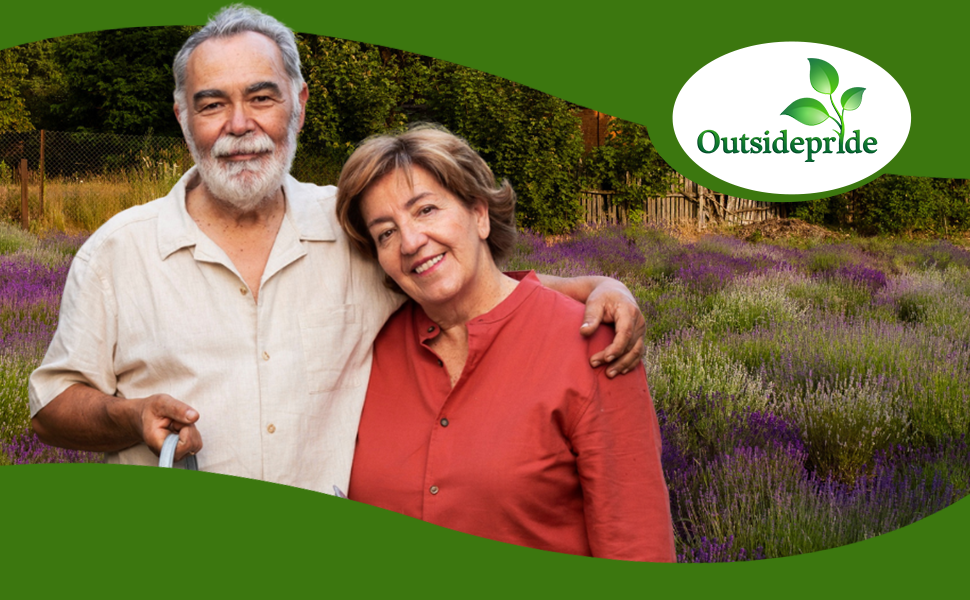
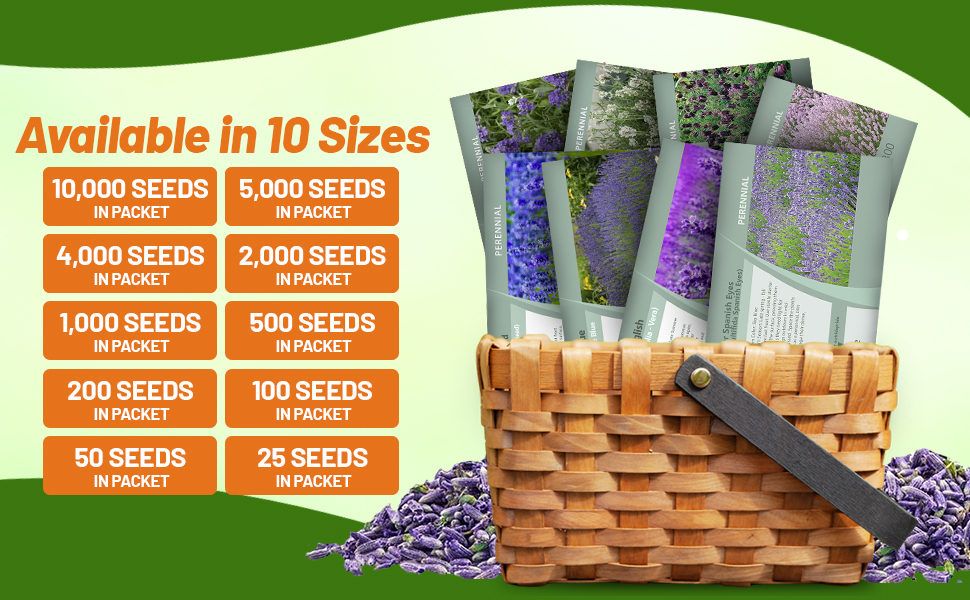
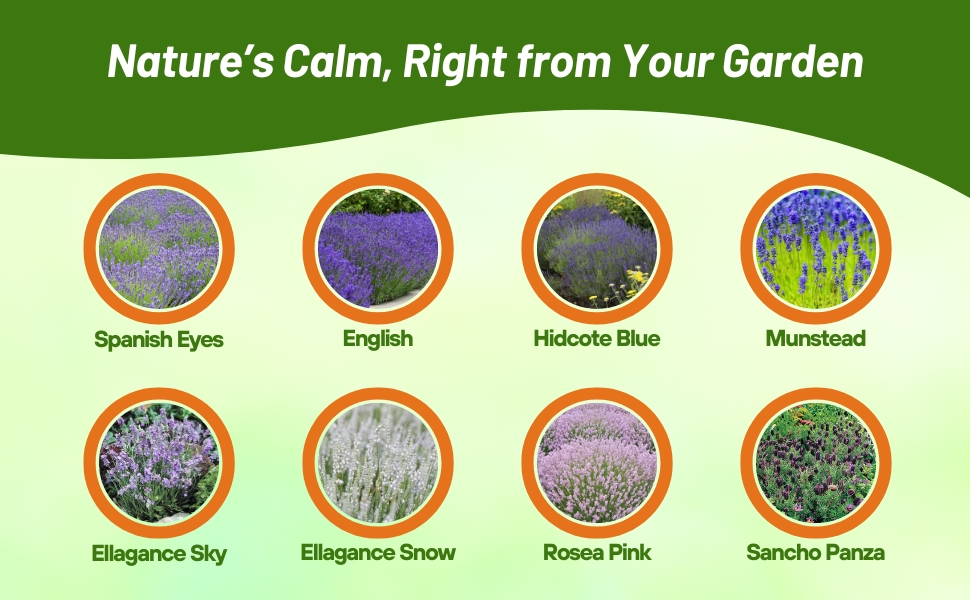
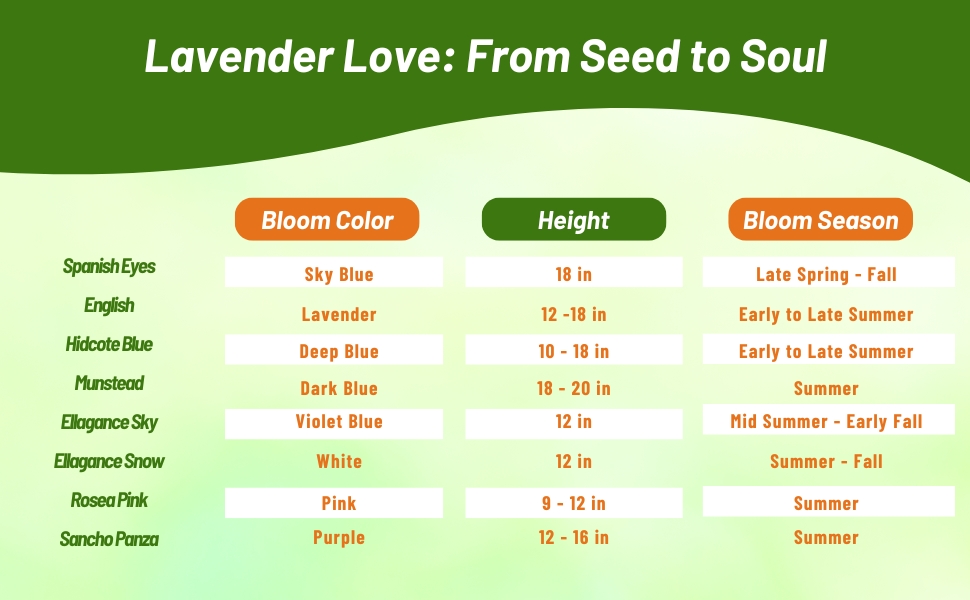
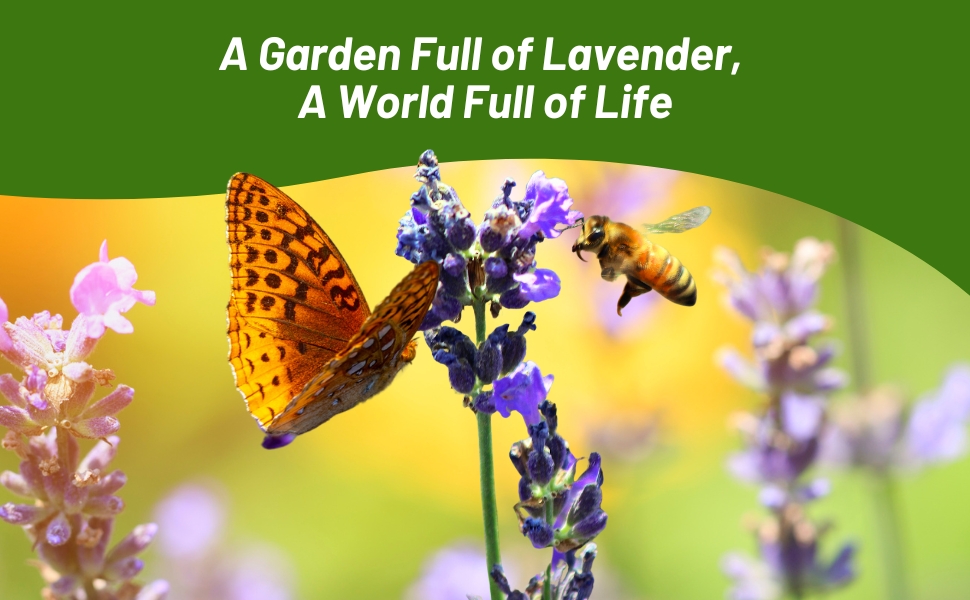
Lavender Hidcote Blue (Lavandula Angustifolia Hidcote Blue) - Here is another variety to grow from Lavender seeds! Drought tolerant Lavender Hidcote Blue is a bit shorter than the English Munstead variety. But, it still is known for its rich essential oils. It repeatedly blooms throughout the summer if the spent flowers are deadheaded. Lavender plants are great at bringing in the bees, butterflies and birds into the garden where water conservation is required! Lavender flowers have a heavenly smell, and walking in the garden where Lavender grows is a delight as the fragrance catches in the summer breezes. Hidcote blue Lavender herb has a more erect, compact habit and darker flowers, so its perfect for hedges. This cultivar also has flowers that dry well, holding their dark blue color. Add these plants to any xeriscape herb garden.
How To grow Hidcote Lavender From Herb Seeds: Growing Lavender Hidcote from seed is very rewarding! Sow Lavender seeds indoors 8 - 10 weeks before last frost. Use sterile starter mix and sow the herb seeds on the surface, pressing them into the soil. Cover the Lavender seeds very lightly as they need light for germination. Transplant Lavender seedlings outdoors in mid-spring once frost danger has passed.
Approximate Seeds Per Ounce: 25,000
Common Questions
How long can lavender plants live?
Lavender plants can live about10 years, but they do experience a decrease in quality and growth as time goes on. Maintain your collection through propagation so you can get rid of older plants.
Does lavender come back every year?
Since lavender is a perennial, it does come back every year if it is cared for correctly.
Do lavender plants bloom all summer?
Lavender can bloom anytime from early spring until late summer. However, some plants will maintain their blooming flowers from spring through the end of summer.
My leaves look droopy, what should I do?
Your plants probably need more water.
My lavender plants smell bad, what is wrong?
This is a symptom of being overwatered. You may have root rot. If you have a potted plant, prune the affected areas and replant if possible.
Planting Directions
TEMPERATURE
68F - if no germination in 3-4 wks, move to 24 - 39F for 2 - 4 wks
AVERAGE GERM TIME
21 - 28 days
LIGHT REQUIRED
Yes
DEPTH
Cover seed lightly with soil after sowing
SOWING RATE
5 - 7 seeds per plant
MOISTURE
Keep seeds moist until germination
PLANT SPACING
16 inches
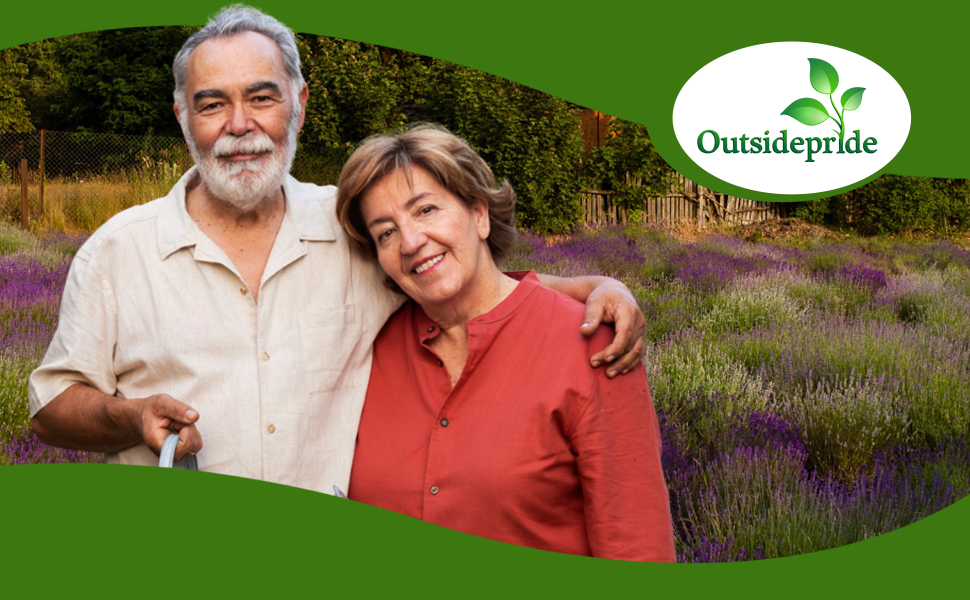
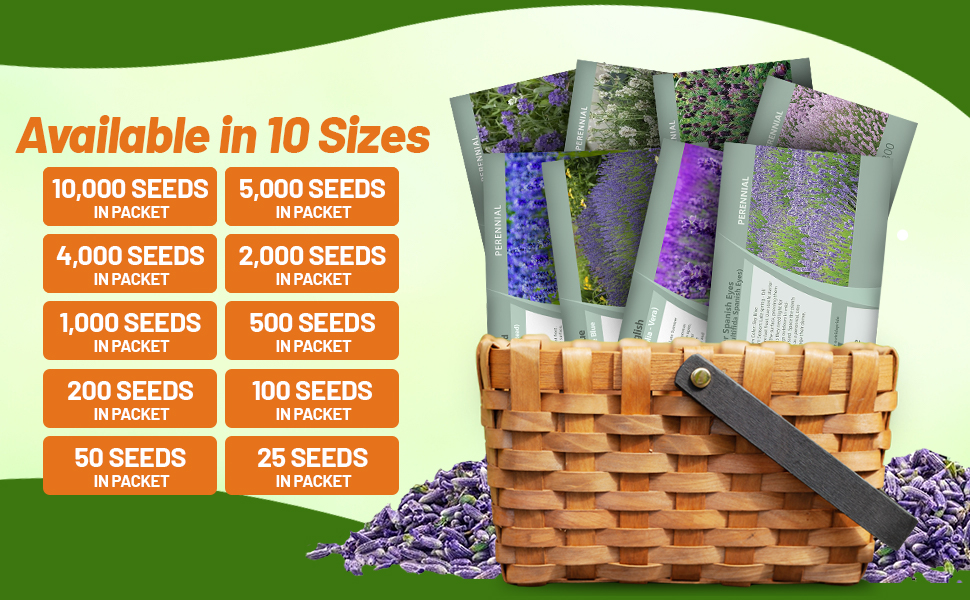
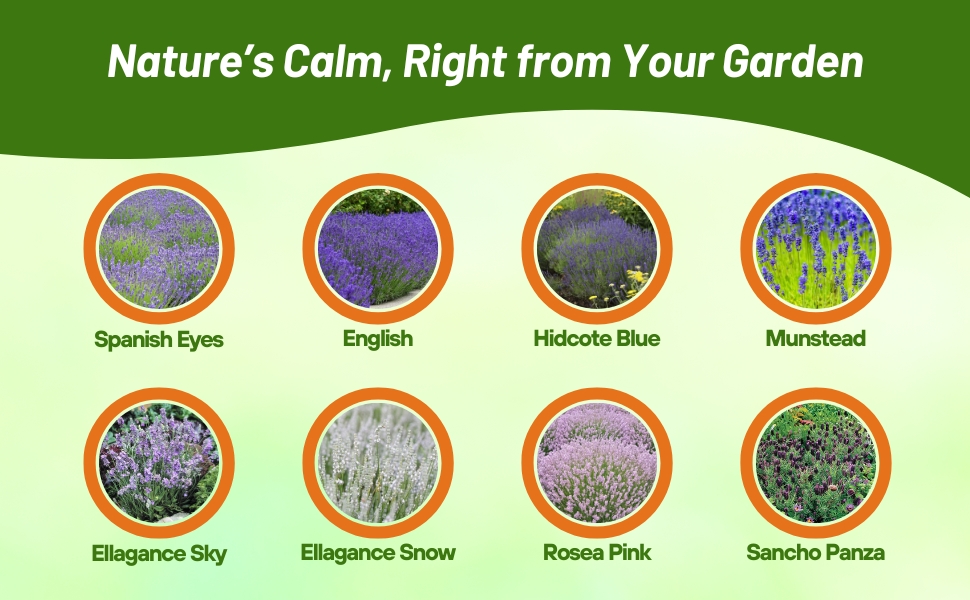
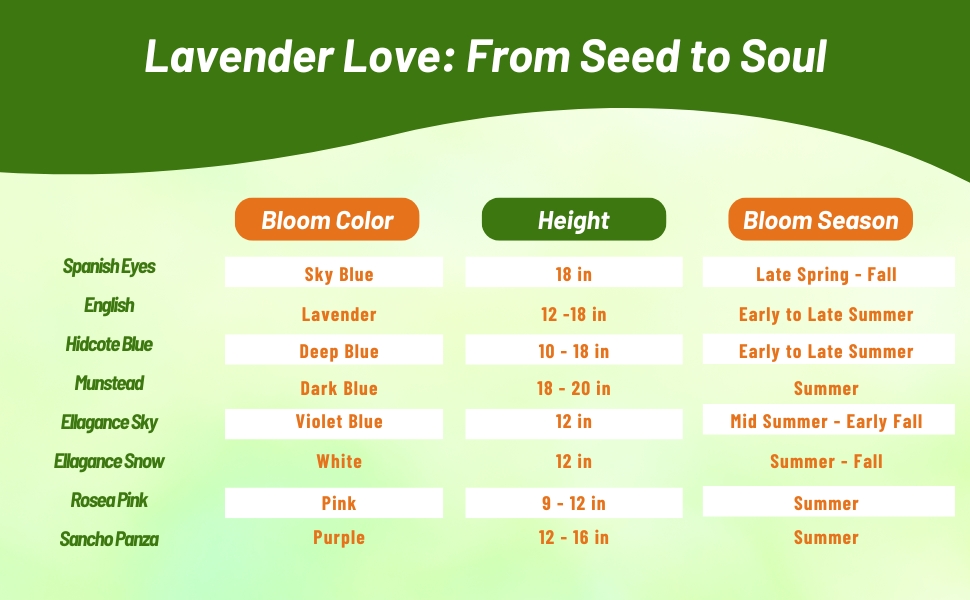
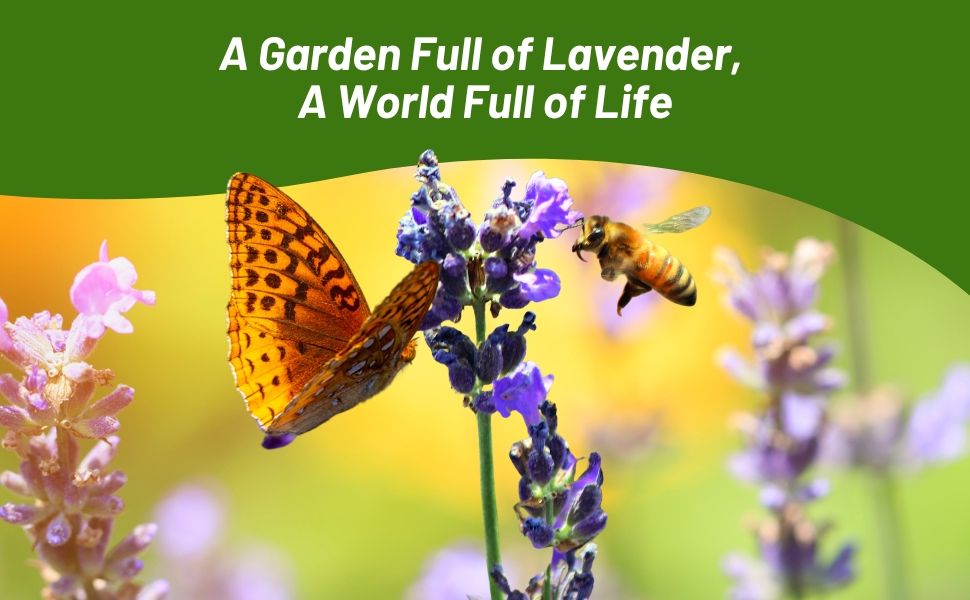
Lavender Sancho Panza (Lavandula Stoechas Sancho Panza) - You can grow this lovely shrub-like flower from Lavender seeds. Lavandula Stoechas is a Spanish Lavender or also called a French Lavender that can be grown as an annual or a perennial. It is winter hardy in USDA Zone 8 for wintering the plant outdoors. But, grow it in a container, and bring it into an enclosed porch or patio for zones that are colder.
Spanish Lavender herb plants have a dense, rounded, compact habit, and will be covered with blooms all summer long. Spanish Lavender Sancho Panza was cultivated for container use, and it is just the perfect size for a nice ornamental pot. Sancho Panza Lavender prefers full sun and moderately fertile soil that drains well. It is deer resistant, but the bees cannot leave it alone! The foliage is grayish green in color, and bloom spikes that are 4 - 5 inches have pine-cone-shaped blooms of dark purple. The blooms are highly scented.
How To Grow Spanish Lavender: Start the Lavender seeds indoors 8 - 10 weeks before last frost. Use sterile starter mix and sow the herb seeds on the surface, pressing them into the soil. Cover the Lavender seeds very lightly as they need light for germination. Transplant outdoors in mid-spring once frost danger has passed. Space the Spanish Lavender plants 16 inches apart. If growing as a perennial, trim plants back in spring to encourage their dense, rounded habit.
Common Questions
How long can lavender plants live?
Lavender plants can live about10 years, but they do experience a decrease in quality and growth as time goes on. Maintain your collection through propagation so you can get rid of older plants.
Does lavender come back every year?
Since lavender is a perennial, it does come back every year if it is cared for correctly.
Do lavender plants bloom all summer?
Lavender can bloom anytime from early spring until late summer. However, some plants will maintain their blooming flowers from spring through the end of summer.
My leaves look droopy, what should I do?
Your plants probably need more water.
My lavender plants smell bad, what is wrong?
This is a symptom of being overwatered. You may have root rot. If you have a potted plant, prune the affected areas and replant if possible.
Planting Directions
TEMPERATURE
70F
AVERAGE GERM TIME
21 - 28 days
LIGHT REQUIRED
Yes
DEPTH
Cover seed lightly with soil after sowing
SOWING RATE
5 - 7 seeds per plant
MOISTURE
Keep seeds moist until germination
PLANT SPACING
15 - 18 inches
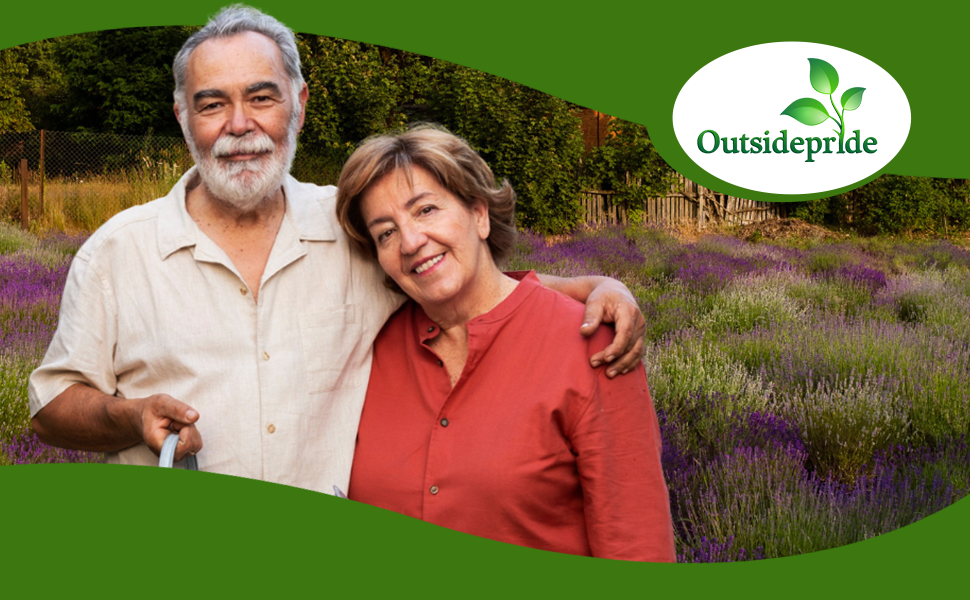
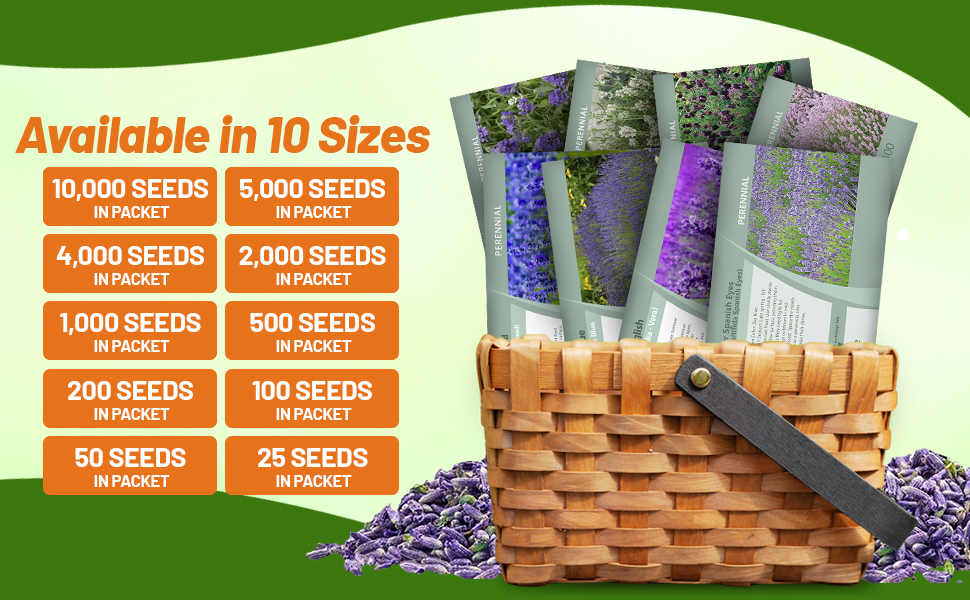
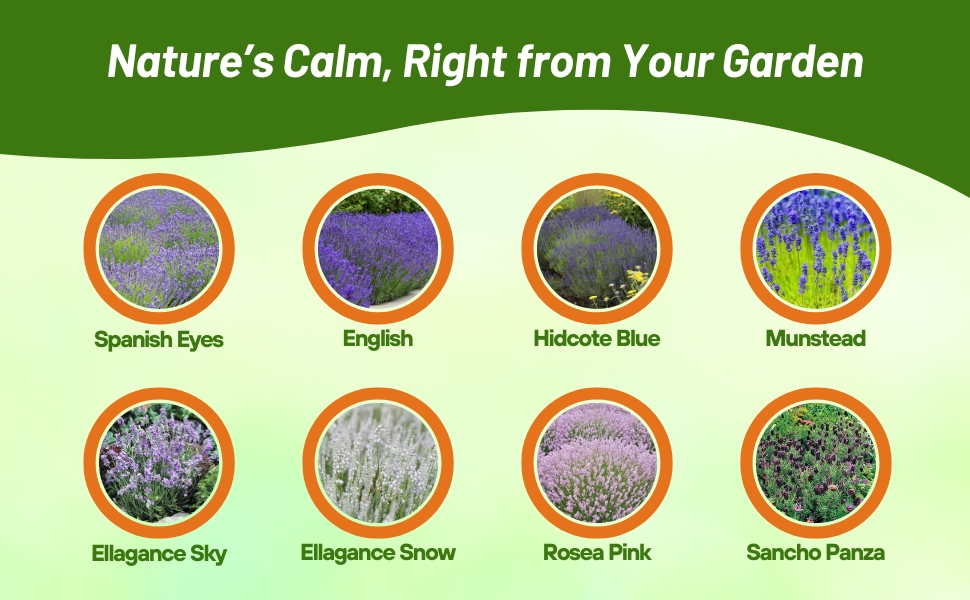
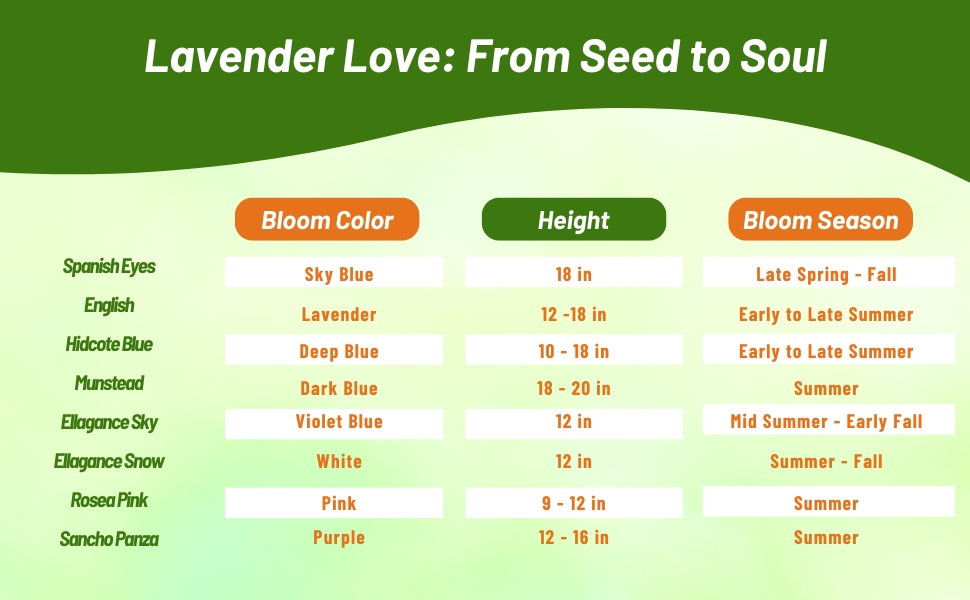
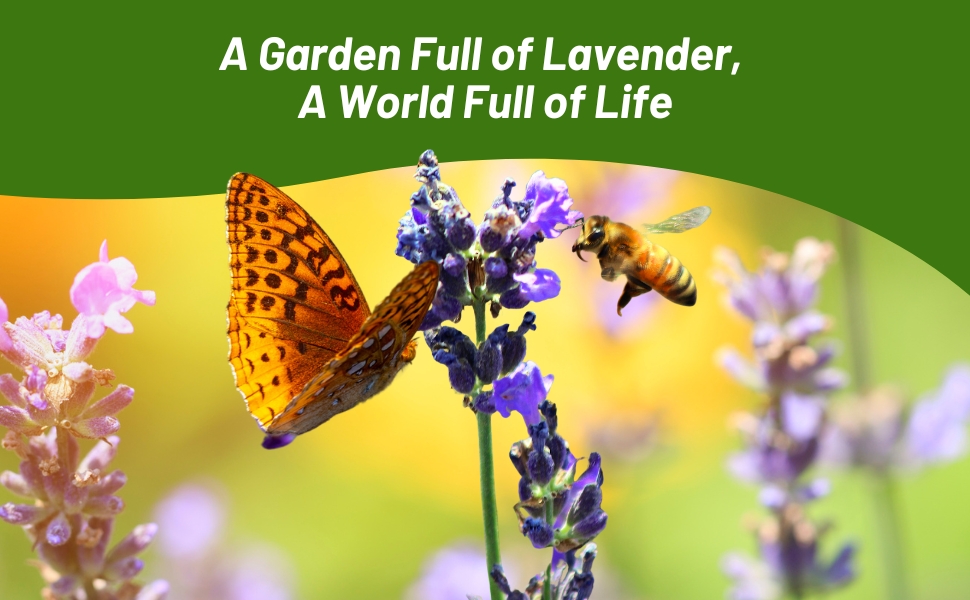
Lavender Spanish Eyes (Lavandula Multifida Spanish Eyes) - Lavender is a natural choice for an herb garden, and this variety, Spanish Eyes, easily grows from Lavender seeds and is fast-growing. Spanish Eyes Lavender features masses of bright sky blue blooms with soft ferny foliage. The blooms are excellent for cutting. This variety is commonly called Fern Leaf Lavender or Egyptian Lavender. Use them in fresh arrangements or dry them for dried floral arrangements, potpourri, and crafts. Fernleaf Lavender herb plants are tender perennials. In USDA zones 8 and colder this variety will grow as an annual.
Lavandula Spanish Eyes will provide a lovely display all summer long, but to encourage continuous blooms, deadhead the spent flowers. Do not over water Lavender herb plants. Let the soil dry out between waterings. Place Lavender plants in full sun and in well-draining soil. If your soil holds water, plant the herb plants on a mound or in a raised bed. Spanish Eyes plants should be fertilized or composted with organic material regularly.
How To Grow Fernleaf Lavender: Start the Lavender seeds indoors 8 - 10 weeks before last frost. Use sterile starter mix and sow the herb seeds on the surface, pressing them into the soil. Cover the Fernleaf Lavender seeds very lightly as they need light for germination. Transplant the Lavender seedlings outdoors in mid-spring once frost danger has passed. Space the plants 15 - 18 inches apart. If growing as a perennial, trim plants back in spring to encourage their dense, rounded habit.
Common Questions
How long can lavender plants live?
Lavender plants can live about10 years, but they do experience a decrease in quality and growth as time goes on. Maintain your collection through propagation so you can get rid of older plants.
Does lavender come back every year?
Since lavender is a perennial, it does come back every year if it is cared for correctly.
Do lavender plants bloom all summer?
Lavender can bloom anytime from early spring until late summer. However, some plants will maintain their blooming flowers from spring through the end of summer.
My leaves look droopy, what should I do?
Your plants probably need more water.
My lavender plants smell bad, what is wrong?
This is a symptom of being overwatered. You may have root rot. If you have a potted plant, prune the affected areas and replant if possible.
Planting Directions
TEMPERATURE
72 - 75F
AVERAGE GERM TIME
14 - 21 days
LIGHT REQUIRED
Yes
DEPTH
Cover seed lightly with soil after sowing
SOWING RATE
5 - 7 seeds per plant
MOISTURE
Keep seeds moist until germination
PLANT SPACING
10 inches
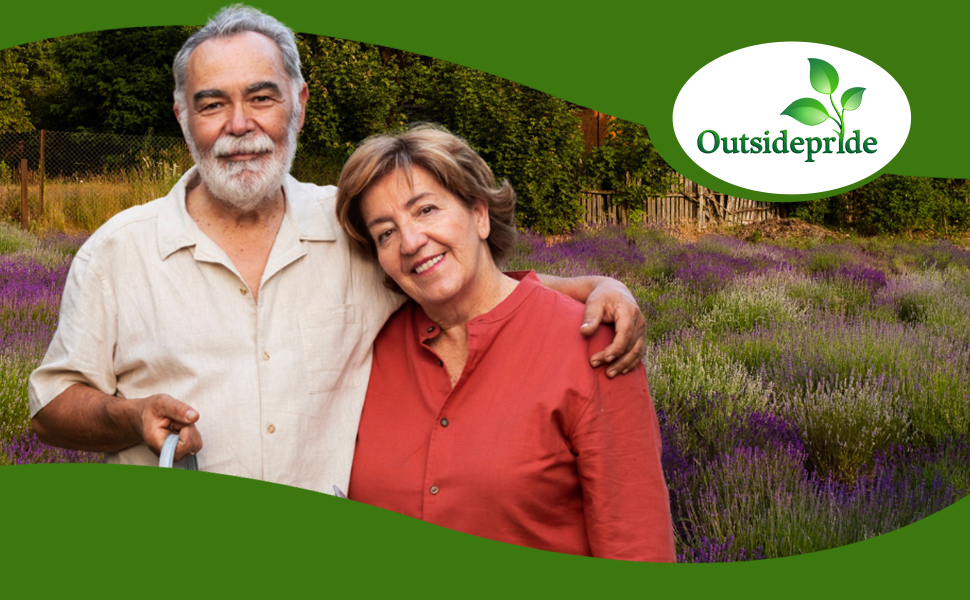
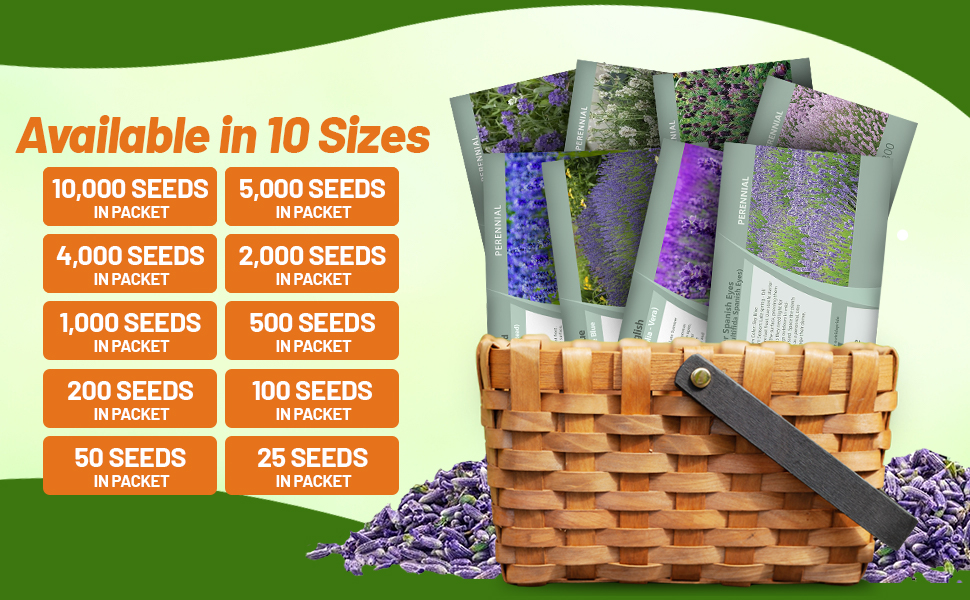
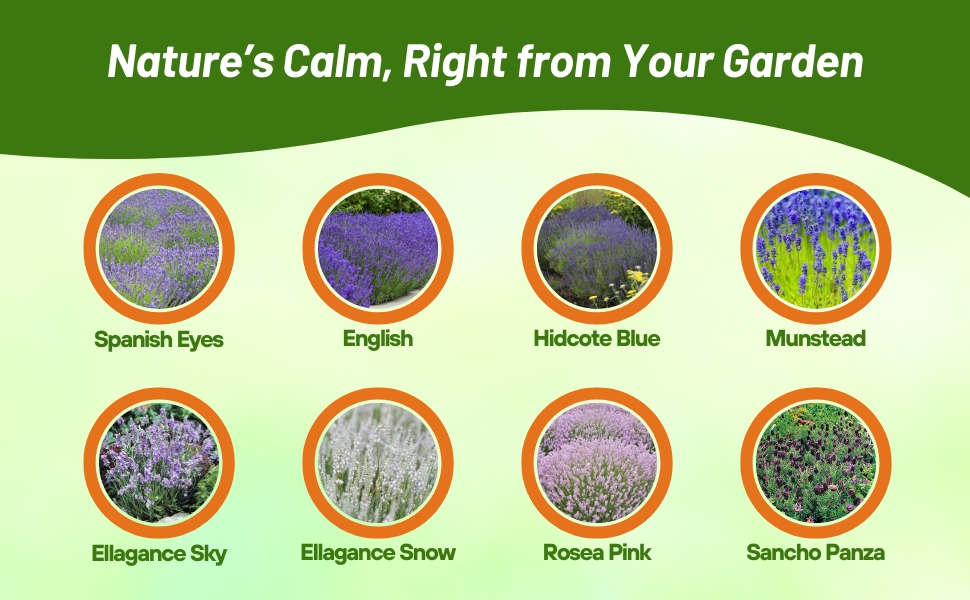
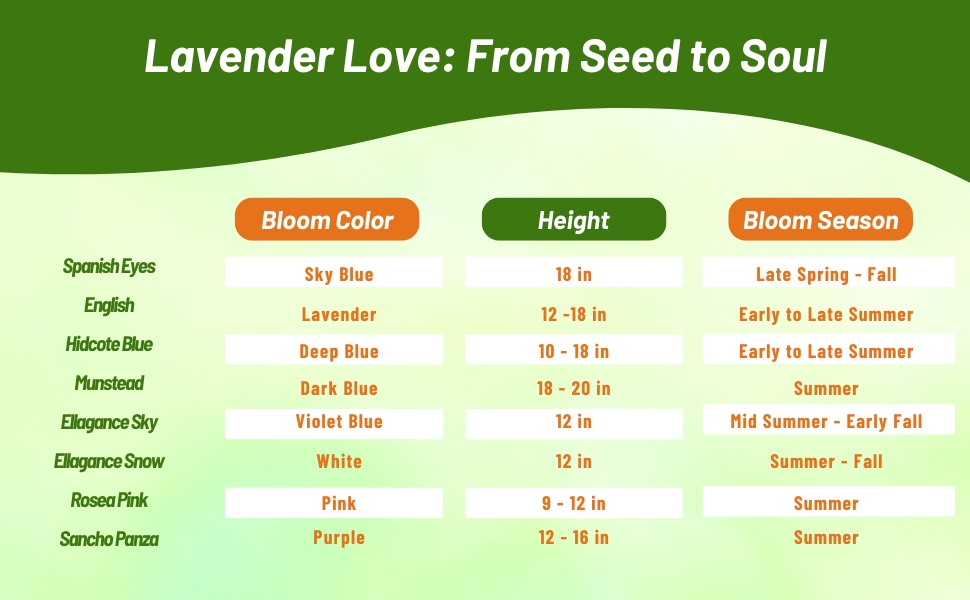
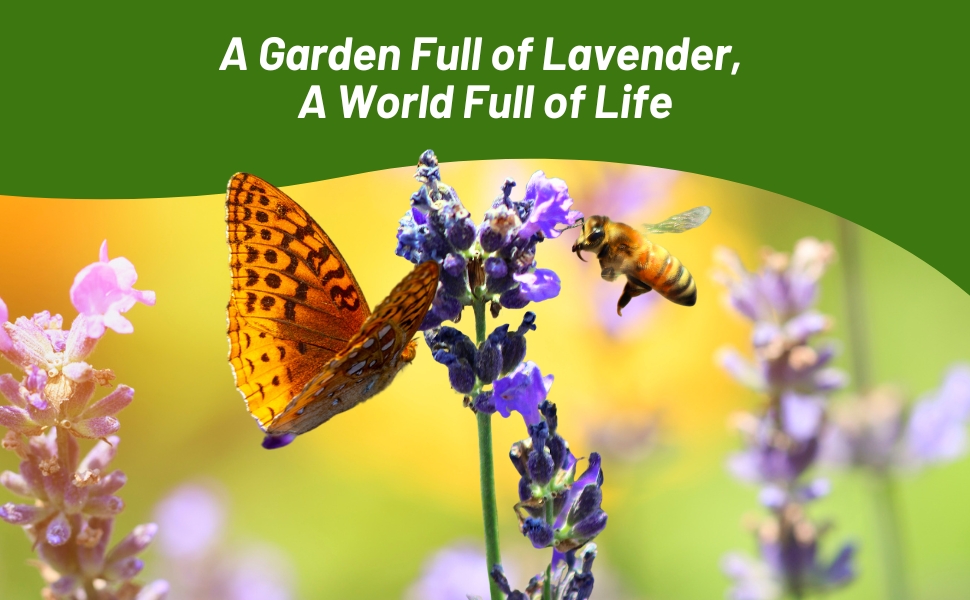
Lavender Ellagance Snow (Lavandula Angustifolia Ellagance Snow) - This perennial is a must-have for the herb or flower garden! Grown readily from Lavender seeds, this white flowering herb plant is a stunning variety of English Lavender! Ellagance Snow Lavender plants measures 12 inches in height and will spread not quite as wide. This white Lavender has a dense, compact habit and loves a position in full sun and in well-draining soil.
If you have a sunny spot, this little white Lavender herb will not disappoint! Both the silvery green foliage and the delicate white blooms have a wonderful fragrance. It is irresistible to bees and butterflies, and just wait until the scent catches on the summer breezes! With a long bloom season, and a pretty display, Lavender Ellagance Snow is a great addition.
How To Grow Lavender From Herb Seeds: Growing Lavender from seed is not difficult. Sow Lavender seeds indoors 8 - 10 weeks before last frost. Use sterile starter mix and sow the herb seeds on the surface, pressing them into the soil. Cover the seeds very lightly as they need light for germination. Transplant the Lavender seedlings outdoors in mid-spring once frost danger has passed, spacing the plants 10 inches apart. Lavender herb plants are usually resistant to deer and rabbits.
Common Questions
How long can lavender plants live?
Lavender plants can live about10 years, but they do experience a decrease in quality and growth as time goes on. Maintain your collection through propagation so you can get rid of older plants.
Does lavender come back every year?
Since lavender is a perennial, it does come back every year if it is cared for correctly.
Do lavender plants bloom all summer?
Lavender can bloom anytime from early spring until late summer. However, some plants will maintain their blooming flowers from spring through the end of summer.
My leaves look droopy, what should I do?
Your plants probably need more water.
My lavender plants smell bad, what is wrong?
This is a symptom of being overwatered. You may have root rot. If you have a potted plant, prune the affected areas and replant if possible.
































